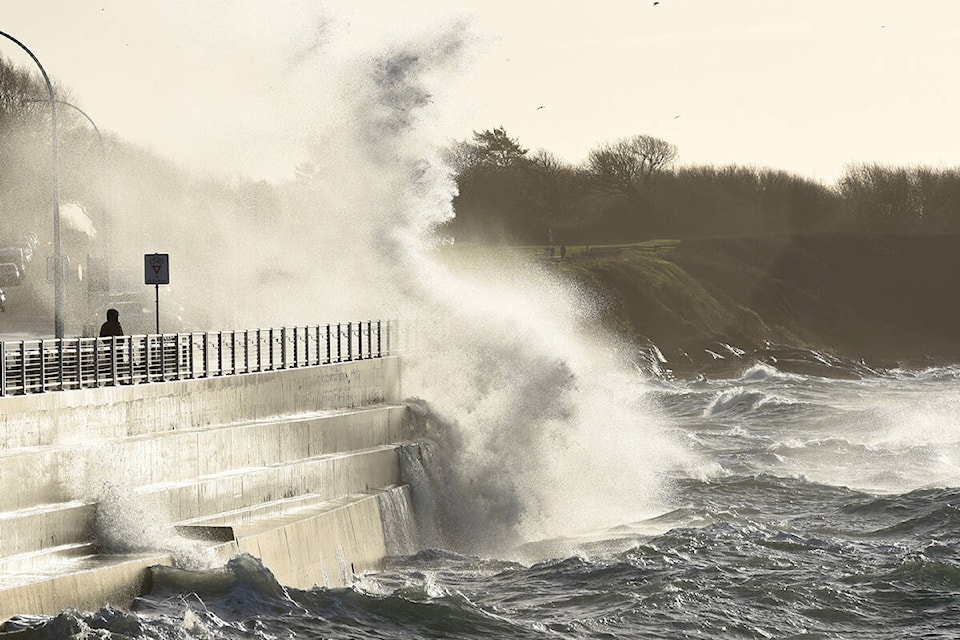After the province faced extreme weather events that destroyed lives and essential infrastructure last year, Victoria council has received an update on where the city is most vulnerable to climate change.
The Community Climate Risk and Vulnerability Assessment Report, presented to council last month, summarizes what a group of 23 community organizations and experts identified as the most significant climate-related risks facing Victoria.
The report considered the city’s existing vulnerabilities, and how those could be exacerbated by climate change. From a list of 21, five climate impacts have been deemed the highest priority in terms of their level of risk to the area.
Of those top risks are hotter and drier summers causing increased drought conditions and wildfires, leading to poor air quality and creating public health concerns. Similarly, more frequent extreme heat events will have health impacts on vulnerable populations, including increased morbidity and death. Rising temperatures will also lead to increased demand for cooling in residential and commercial buildings, the report stated.
After B.C. infrastructure was heavily damaged by atmospheric rivers last fall, the report said extreme rainfall and sea-level rise are among the top risks for Victoria, as those could lead to flooding in low-lying areas – causing property damage and losses.
More extreme weather events causing disruptions for business rounded out the list of most pressing impacts.
READ: Climate change report a grim warning for Canada
READ: Climate change made B.C., Alberta heat wave 150 times more likely, study concludes
The report said adaptation resources should tackle the highest priority impacts first, but also attempt to address as many impacts at once wherever possible.
Sea level rise and coastal erosion were also identified as having an impact on local Indigenous communities, who risk losing their traditional foods and medicines and their spiritual, cultural or historical sites.
A separate report on the city’s climate action progress stated that Victoria expects to spend $53.8 million – which includes federal disaster mitigation funding – over the next decade on protecting critical underground infrastructure from earthquakes and climate change events such as sea-level rise and extreme storms.
The city is currently developing its Climate Change Adaptation Plan. Victoria staff said last month that 2021’s “unprecedented climate change-fueled weather events,” prompted a review of previously drafted parts of the plan that deal with things like public buildings, roads and underground infrastructure.
READ: ‘Most extreme’ rogue wave ever recorded off B.C. reignites alternative energy interest
jake.romphf@blackpress.ca. Follow us on Instagram. Like us on Facebook and follow us on Twitter.
